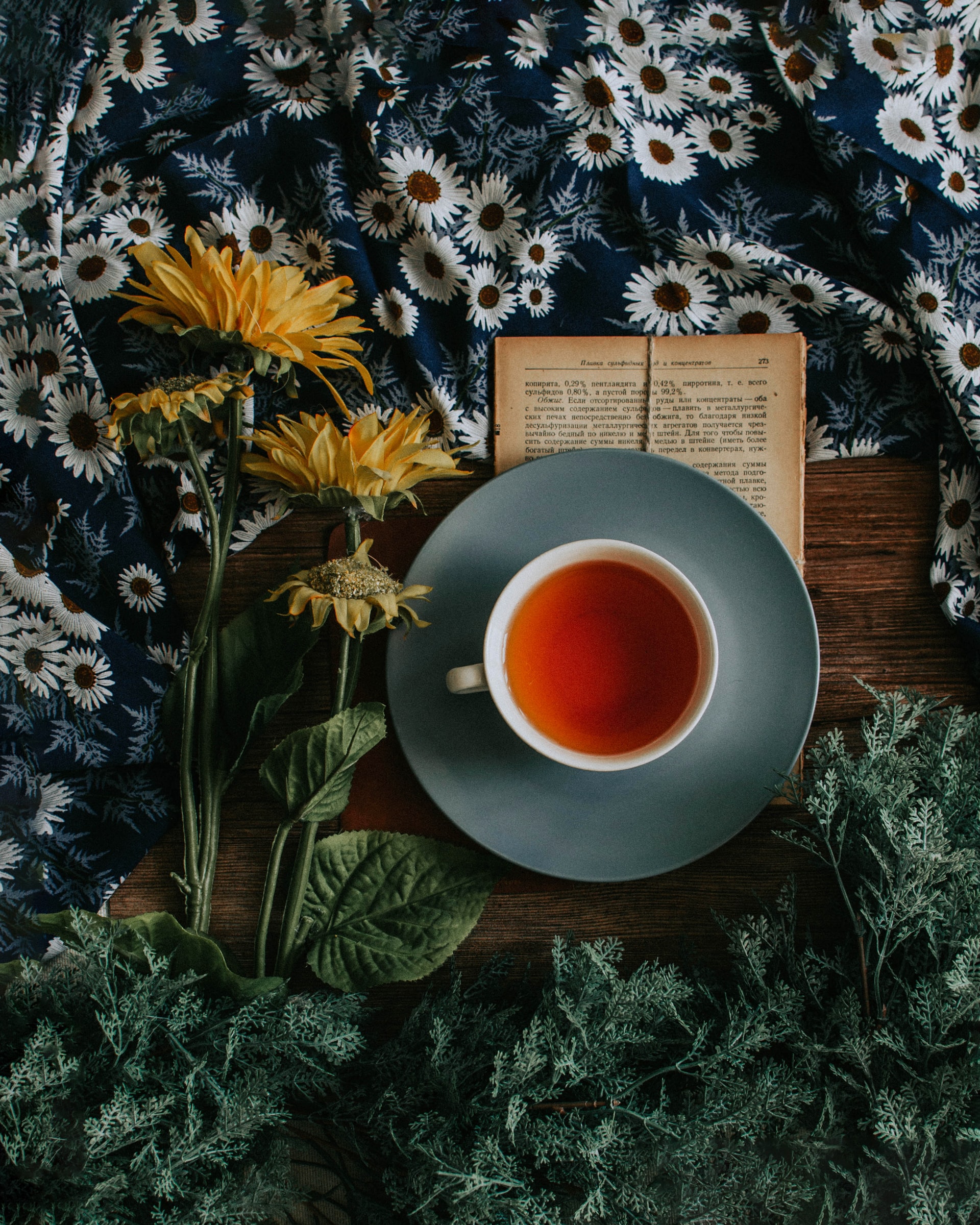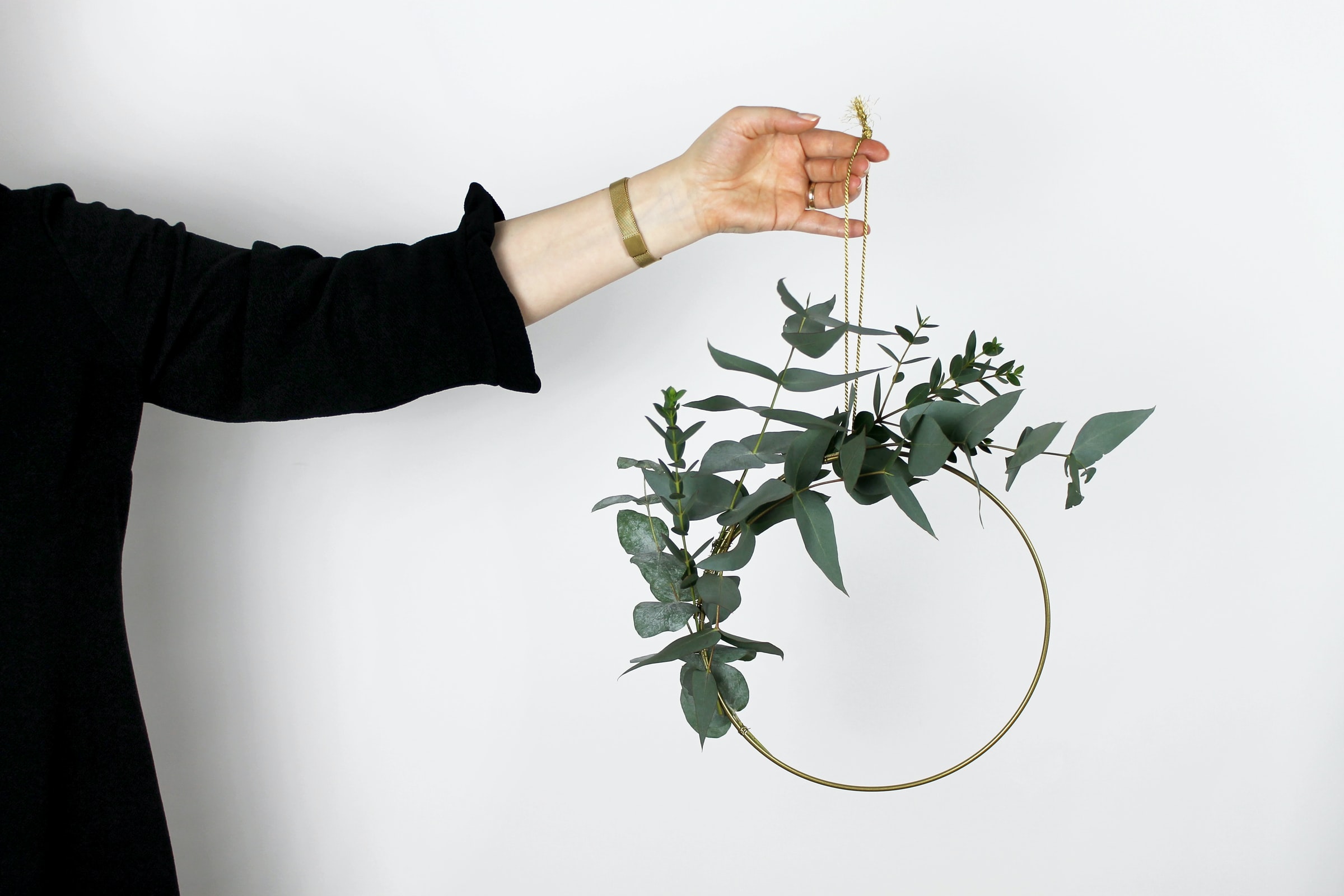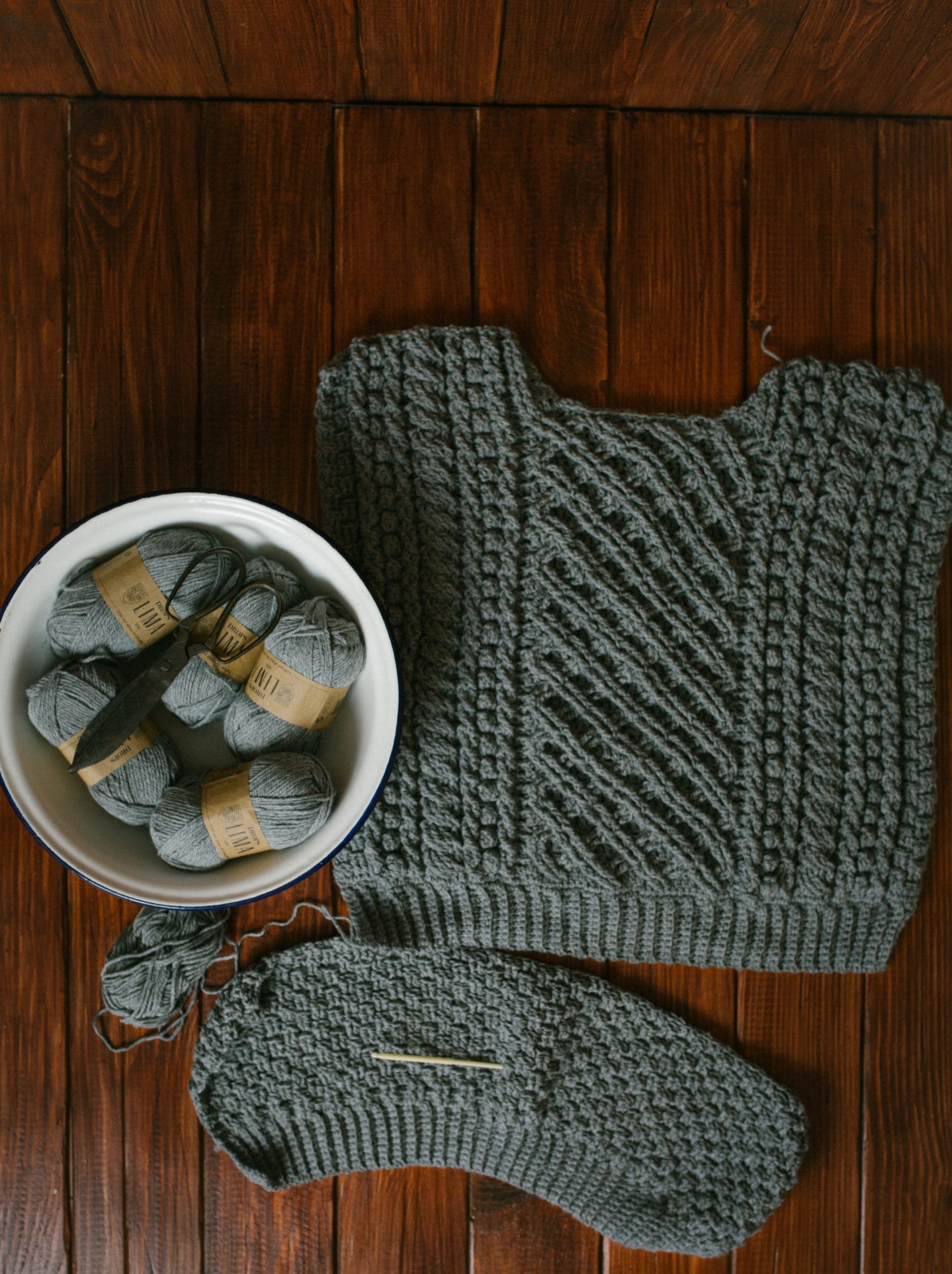
There are many advantages to doing a craft, and one of the main reasons for us is that it is good for our mental health. According to current research, it can help alleviate some of the symptoms of depression, anxiety, dementia, and even loneliness. Now more than ever, we need to take care of our mental health as much as we take care of our physical health.
During the lockdowns during the last 2 years, crafts have got me through some rough times and made me get through the hassle of working from home. So, without further ado, let’s dive into this blog and learn some of the best reasons craft is good for your mental health.
1. Art boosts one’s mental health

There is currently much research being conducted on the intersectionality of art and mental well-being. One of the published studies on the subject matter was published by the University College London; it shows that engaging with art, in particular visual arts, can help reduce reported anxiety and that visiting museums can help protect people against dementia’s development. Other studies back up these findings and show that creative activity is linked to positive psychological functioning.
They also found that an increased engagement with art events, museums and historical sites can improve one’s life satisfaction. Crafts like embroidery, knitting and crocheting have higher participation rates of all the arts than painting and music. Sewing as a leisure activity can also contribute to one’s psychological well-being through the increase of pride, enjoyment and even self-awareness.
2. It helps with anxiety

Since the late 19th century, crafts have been prescribed to patients. Basketry has been used to relieve physical ailments as well ask anxiety, especially for soldiers during World War I. Crafts are still used nowadays, especially in groups such as combat stress, a UK charity for veterans’ and they offer free pottery classes. In general, participants in prescribed art workshops experience an increase in their overall well-being by reducing anxiety, stress, and nerves.
Baking, gardening and knitting share characteristics that make them perfect for self-care and this is why they are popular crafts and leisure activities. They can help improve one’s mood and lower stress levels and also promote joy and well-being while reducing stress hormones at the same time. Some of these crafts may also have a meditative quality to them due to their particular reputations. They also require attention and focus, which can also provide healthy distress from our day-to-day life and other stresses.
Crafts usually demand the full engagement of all of our senses, and these restorative practices can help us engage in mindfulness. It also keeps us in the present moment, and it also benefits our mental health by activating the part of our frontal lobe and cortex that is involved with regulating our emotions and dampening activities in the amygdala. This is implicated in processing our negative emotions and fear.
3. Bringing people together

According to a study conducted by Sinikka Hannee Pöllänen from the University of Eastern Finland, Textile craft helps people cope with depression and negative feelings. It also offers social support and positive relationships that might be lacking in some people’s lives. Craft clubs are also emerging in England and specifically aim to boost mental health. One such club is Woolly Well-being, a Liverpool club that teaches sewing skills like crocheting and knitting.
In addition, another study also shows how art-based programs can also increase marginalized youth’s participation in their community and that art-based participatory action research led by specifically migrant youth can also help build hope and vision for the future. Another paper state that it can also be connecting activities provided by voluntary groups and the community.
4. Link between craft and cognitive skills

Stephanie Bunn is an anthropologist who has worked in hospitals to study the importance of the spatial and gestural practices of basket weaving in developing one’s cognitive skills. “In the case of recovery from stroke, which I studied at Raigmore Hospital [in Inverness], basket weaving can restore neural pathways and improve brain plasticity,” she explains. Basket weaving can have the same effect on people with dementia and trigger hand memories, which she’ll be working on as part of a project at Lewis.
A study published in the British Medical Journal on community engagement and dementia risk suggests that community engagement, and cultural activities, in particular, can reduce the risk of dementia onset. In contrast, a study published in The Gerontologist also explores how arts activities can benefit people with dementia and propose a social return on investment analysis model, a form of cost-benefit analysis that could capture the value of arts interventions.
Sound off in the comments section below and tell us what you want to read next and if you want to read more about the psychological benefits of DIYs.











